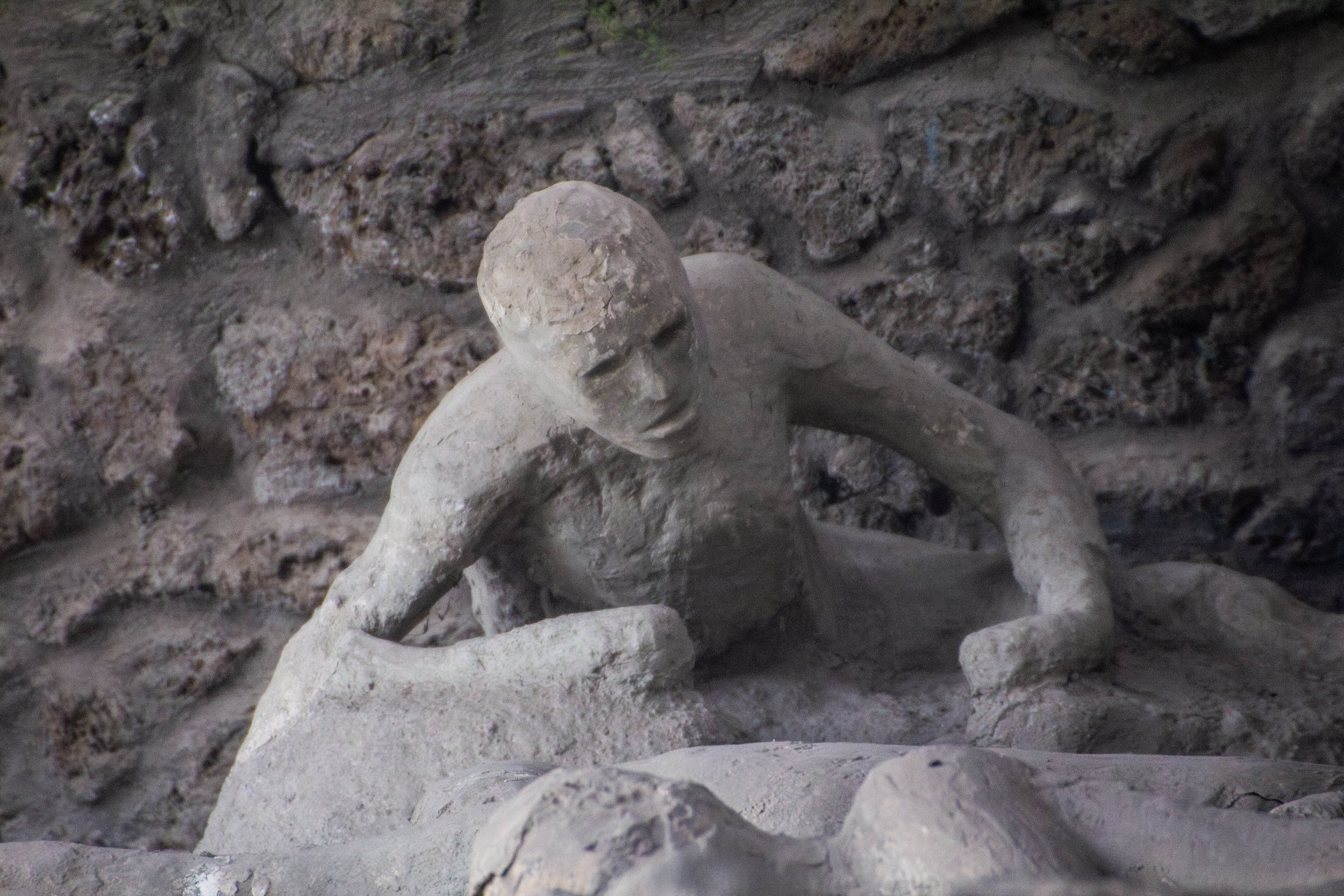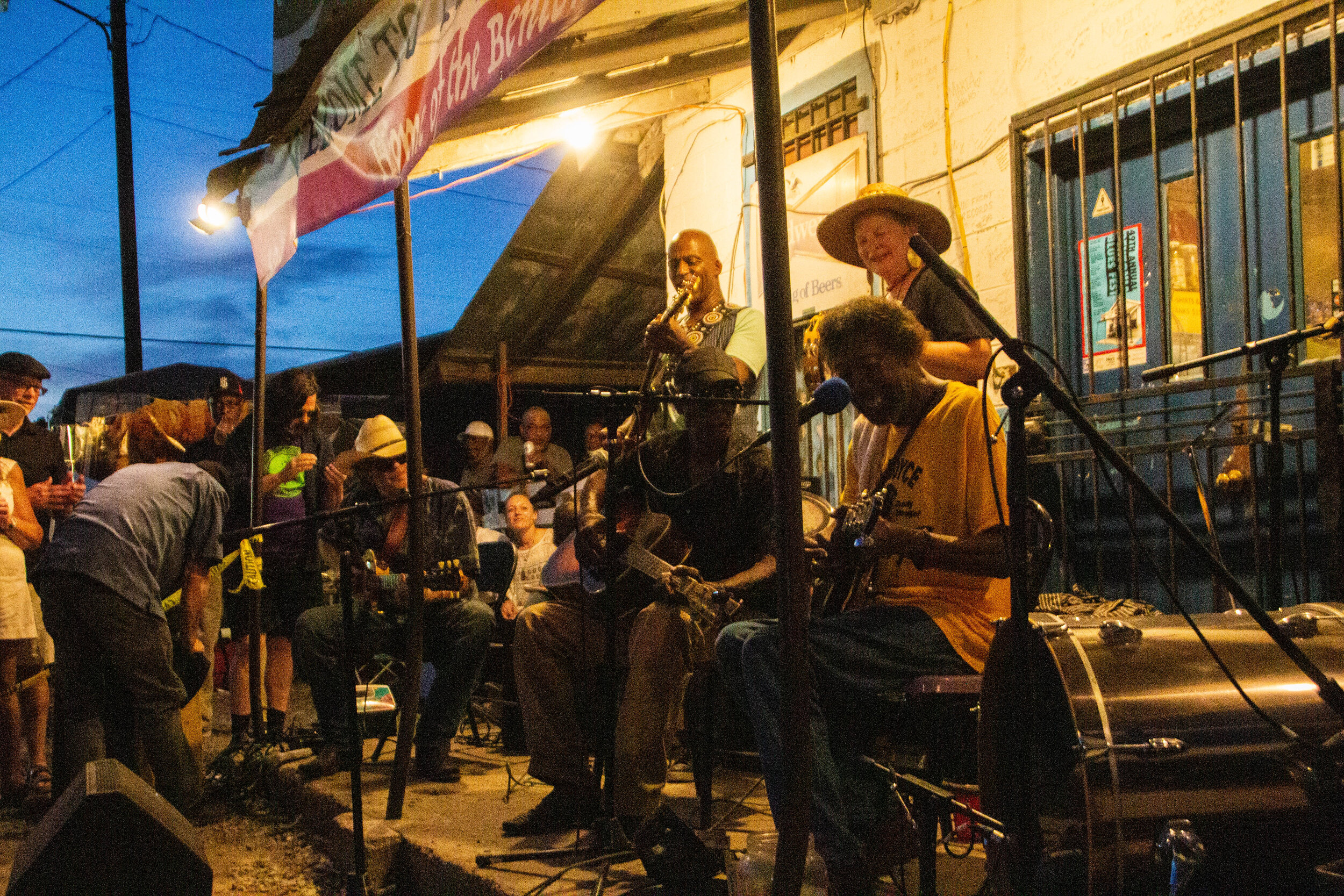You’ve heard of Pompeii right? The place with the dead frozen lava people?
It’s so insane that it gets referenced in pop culture a lot. For example, it’s the namesake for a really famous song by Bastille, and here’s a good reference from Scrubs that has been living rent-free in my head since 2005 for some reason:
If you don’t know what I’m talking about, buckle your seat belts. It’s going to be a morbid ride.
What Is (Was) Pompeii?
The origins of Pompeii can be traced all the way back to the 8th century BC, when it was first founded by an obscure ancient ethnic group in modern-day Italy called the Oscans. The Greeks arrived in the area in 740 BC, and this little town quickly found itself as a part of the wider Greek Empire. The Greeks really started to invest in and expand Pompeii around 450 BC, but a couple of centuries later, it would ultimately pass into the control of the Roman Empire. By the year 78 AD, it was a large, affluent, well-to-do town in the Roman Empire, which was already more than 3x older than the modern-day United States.
Oh yeah, and it also sat right next to a giant volcano called Mount Vesuvius.
In 79 AD, Vesuvius erupted, releasing approximately 100,000x the energy of the atomics bombs that were dropped on Hiroshima and Nagasaki during WWII COMBINED. At this point in history, the Bay of Naples was already a densely populated area, which made this one of the deadliest eruptions in history. Pompeii, as well as a few other towns in the area, such as Herculaneum (which is also a famous historical site that you can visit today), were pretty much wiped off the map, their inhabitants burned and/or suffocated by the violent pyroclastic flows. Studies have shown that these pyroclastic flows were 300 °C (572 °F)—so hot that they would have instantly killed their victims, vaporizing their organs and blood. According to Wikipedia, scientists were able to confirm that at least one person’s brain was actually turned to glass by the extreme heat. And no, I have no clue how we know this. 😂
The eruption lasted about 2 days, with the corresponding earthquake triggering a small tsunami also claiming lives in the area. The combined population of Pompeii and Herculaneum is estimated to have been about 20,000, but the exact death toll is unknown. What we do know is that about 1,500 bodies have been recovered from these two sites combined. And what makes Pompeii so compelling is how these corpses were found: frozen in the exact contorted positions they were in at the moment the pyroclastic flows hit them. People were huddled together in buildings they hoped would shelter them. Among the recovered bodies are those of children, who were found laying next to their parents. It’s really just… fucking awful. Which is why I was originally resistant to coming here at all.
Here’s a map of where Pompeii sits relative to Naples and Vesuvius.
Pompeii—incredibly—is still a functioning modern-day Italian town. I sort of can’t believe they would have built a town here AGAIN after a disaster of this scale. But hey, who am I to judge?
So, it’s an easy train ride from Naples to Pompeii. We purchased tickets through a great site I found called Trainline and spent the 30 minutes prior to our departure running around the train station in a panic trying to figure out where our train was departing from. 4 different station employees read our tickets and told us wrong information. So, the moral of this story is to give yourself some extra time at the train station and don’t assume that people know what they’re talking about just because somebody gave them a job at the train station. We were literally running down the train platform to get onto a train car before the doors closed.
On the bright side, tickets only cost €3.50, and the train ride was less than an hour.
It turns out that Pompeii is actually a very nice town! Much nicer than Naples!
I’m sure tourism has something to with that, but the town felt far too substantial to be subsisting on tourism alone. Here are a few snapshots from the walk from the train station, through the central piazza of the town, to the historical site.
Oh, and Pompeii actually had some very cool street art! I did not include these in the Naples Street Art segment, but they did make the overall Street Art Gallery! Peep these murals:
There are lots of different versions of tickets into the Pompeii historical site available for purchase which vary in price (you can see that stuff here), but by default you’re probably looking at entry fee of €22.
One thing I was not prepared for was the size of Pompeii. This place is BIG! It’s on the scale of Angkor Wat, which requires tuk-tuks to drive you around. It’s big enough that you’re not going to want to walk down every single street and alleyway. This was a proper Roman city. We only had the afternoon, so it quickly became clear that we were not going to be able to see the whole thing.
Here are a few interesting details that really stuck out to me:
I was really struck by the remains of the street signs. You’ll see them in the gallery below as stone tablets with latin letters painted on them. It makes total sense that there would have been street signs in the ancient times, but I think this is the first time I ever saw one. It made Pompeii all too easy to envision as a bustling city full of life.
On some of the cobblestone streets, you’ll see lines of big rocks intersecting the streets. They almost look like stone you would use to hop across a river, if the street were the river bed. Well, that was not far off from the truth. Often these streets would serve as a sort of open sewer system, allowing rainwater and waste water—including, according to an article I found on Research Gate, human waste—to flow freely. Those stones are called “pondera” and they created easy crossings from the elevated sidewalks on either side when the streets. This place must have smelled terrible.
Aside from that, Pompeii was everything that I imagined a Roman city would be! The air quality in the Bay of Naples was really bad during our visit, which unfortunately obscured the views of Vesuvius towering over it, but there was plenty of other stuff to appreciate besides the landscape. The elaborate frescos and statues inside the buildings were really cool to see.
But of course… I spent most of this time wondering where the bodies were.
One thing that I did NOT expect to find in Pompeii was a whole exhibit on Pink Floyd. I love that band… but, like, what?
Well, it turns out that I am a total slacker of a Pink Floyd fan, because I did not realize that they had actually recorded a live album and concert film in the ruins of the Roman amphitheater in Pompeii. Released in 1972, it was creatively named, “Pink Floyd: Live at Pompeii.” The recording is, sadly, not on Spotify, but some kind soul has created a custom playlist with most of the material on it here. This would have been during their Meddle / Obscured by Clouds era—relatively early days. You want to have some weird dreams? Fall asleep with Meddle on in the background.
This was super interesting to see as well…. but seriously, where are all the bodies???
Despite my original hesitations in coming to Pompeii so as to avoid coming face-to-face with the sphincter-tightening specter of agonizing human suffering… once I was here, I quickly found myself in a morbid scavenger hunt. These bodies—though a world-famous calling card for Pompeii—were not easy to find. Pompeii covers quite a big area, and these bodies are tucked away in exhibits hidden in the nooks and crannies of this ruinous city, which, I suppose, is where they were found. There are actually maps of the city available, but we didn’t find them to be particularly helpful in navigation.
Anyway, we did eventually find the bodies…. but before I show them to you, I should clarify something.
It turns out that these are not actually bodies per se, as had been my belief. While there were some actual bodies discovered here, what you are about to see are actually plaster casts of the voids left in the volcanic rock where human bodies had once been. The decay of these incinerated bodies would leave a cavity in the rock in the exact shape the body was in at the moment of death. By pouring plaster into these cavities and letting it harden, it was then possible to chip away the surrounding volcanic rock revealing these disturbing renderings. There’s a lot more bodies here that we didn’t have time to track down, but here’s what we saw…
Whew! Nothing like a little bit of human suffering to spice up a beautiful trip to Italy, AMIRITE??
Oi. I only have so many of these “dark tourism” articles in me… I think I’ve reached my quota for the next couple of years.
Well, that’s it for Italy this time around. But we’ll be back in this beautiful place again soon. Up next, Portugal!
Track of the Day is Pink Floyd’s “The Great Gig in the Sky,” for reasons that are probably now relatively easy to guess. Some interesting background on this song—the vocalist on this was Clare Torry, who was a essentially an anonymous studio musician that was called into Abbey Road in 1973 on a meager day rate of £30 (unadjusted for inflation), and basically improvised this entire song. With only vague creative direction from David Gilmour, and a couple of listens through the song, she banged out this incredible vocal track in just 2 takes. And I think the majority of the final track was comped from take 1. Here’s an interview with Torry telling the story herself. To have delivered the most epic vocal in the history of all music, she’s extremely nonchalant about it all.
Thanks for this, Clare! Your writing credit on this song was long overdue and well-deserved.


























































































































